XTM vs memoQ
Who wins?
memoQ handles basic translation tasks well enough. But today's global teams need more than desktop software can deliver. They need cloud-first platforms with smart AI features and real automation. That's where XTM Cloud makes the difference.
XTM was built for the cloud from day one—no clunky infrastructure or server maintenance required. It scales effortlessly across departments, languages, and regions, so your localisation strategy never hits a wall.
While memoQ holds teams back with legacy workflows, XTM helps you move faster, work smarter, and grow globally without compromise.
Book your 30-minute demo
Book your 30-minute demo
Trusted by teams at over 1,000 of the world’s leading organizations
3 key advantages of choosing XTM
Built for the cloud from day one
XTM Cloud runs as a true cloud platform. memoQ started as desktop software and later added server features. This creates problems when your team grows or needs to handle more projects.
Smart AI with full visibility
XTM shows you exactly how its AI makes decisions. You can bring your own API keys and control everything. memoQ only recently added basic machine translation without much control over how it works.
Sixty real integrations
XTM Connect links to your CMS, Git repositories, and marketing tools. memoQ mostly works with files, which means more manual work for your team.
The results only XTM can deliver
Whether you’re a localization manager, marketer, or product team, we streamline the entire process—saving time, reducing costs, and boosting quality
increase in translation quality
cost savings on external vendors
faster time-to-market
How XTM and memoQ solve different problems
Both platforms handle translation projects, but they target different needs.
memoQ works well for traditional translation agencies. It gives experienced translators powerful desktop tools and detailed translation memory controls. Good choice if you need heavy customisation for complex projects.
XTM Cloud tackles modern business localisation. Think marketing campaigns, product launches, technical docs, and multimedia content. Everything flows through AI-powered workflows with visual previews that actually help translators do better work.
While memoQ keeps teams stuck with older infrastructure, XTM gives you cloud flexibility for when localisation becomes critical to your business.
Feature comparison at a glance
Cloud architecture that actually scales
Modern translation teams handle thousands of projects across multiple departments. Your platform needs to keep up without breaking.
memoQ began as desktop software and added server features later. This creates bottlenecks when you scale across large organisations. Teams struggle with infrastructure maintenance and deployment complexity that needs dedicated IT support.
It works fine for smaller teams with predictable workloads. But when you need to scale quickly or support multiple business units, the old architecture shows its limits.
How XTM delivers real cloud performance
XTM Cloud was designed as a multi-tenant SaaS platform from the start. This means automatic scaling, zero infrastructure headaches, and deployment options that match your security needs.
Teams can start new projects instantly and collaborate across time zones without server limits. Scale from ten languages to fifty without changing your setup. The platform handles traffic spikes automatically while keeping performance smooth for everyone.

AI features with real transparency
AI changes how teams handle translation quality, project routing, and content governance.
memoQ recently added machine translation plugins for Google and DeepL, plus basic quality checks. These help with routine translation but lack the transparency and control that enterprise teams need for compliance and brand protection.
No AI explanation features, limited workflow automation, and no support for bringing your own API keys. Teams work without confidence scores or governance controls that regulated industries require.
How XTM puts transparency first
XTM Cloud's AI includes Language Guard for brand risk protection, SmartContext for visual previews, and Intelligent Score for quality assessment using industry standards.
The platform supports your own API keys, hosted language models, and full explanations for AI decisions. Teams see exactly why content was routed certain ways, what confidence scores mean, and how AI recommendations match brand guidelines.
This transparency matters for compliance reporting, quality audits, and building trust in automated workflows.

Visual context that helps translators
Visual context helps translators understand how their work appears to end users. This reduces errors and improves accuracy.
memoQ provides basic preview features for common file types. Translators can see some formatting context, but the system lacks support for complex layouts, multimedia content, or modern web applications where visual context matters most.
This limited visual support works for simple document translation but falls short for marketing materials, technical documentation, or user interface localisation where layout affects meaning.
How XTM delivers context that matters
XTM's SmartContext provides real-time visual previews for sixty-five file formats. From mobile applications to complex InDesign documents, translators see exactly how text appears in websites, PDFs, marketing materials, and technical documentation.
This visual context removes guesswork about text expansion, layout constraints, and design elements that affect translation choices. Translators make better decisions because they understand the final user experience.
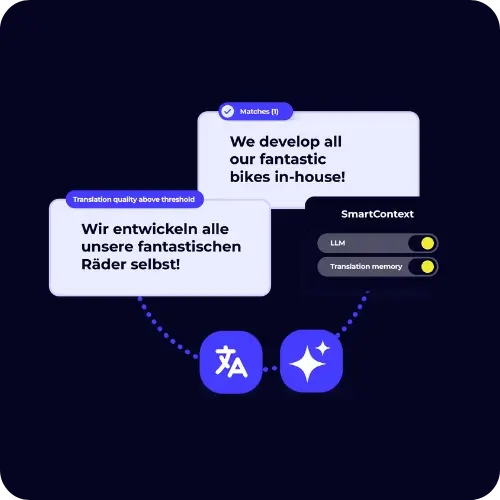
Enterprise connections that link everything
Modern enterprise localisation needs seamless connections between content management systems, development tools, and marketing platforms.
memoQ focuses mainly on file-based workflows with limited pre-built connections. Teams often need custom development or manual processes to connect localisation with their existing content systems.
This approach creates bottlenecks when scaling across multiple content sources or trying to automate publication workflows. Integration limits force teams to work around the platform rather than with it.
How XTM connects your content ecosystem
XTM Connect supports sixty-plus native integrations including CMS platforms, Git repositories, marketing automation tools, and business intelligence systems.
These connections enable automated content ingestion, real-time project updates, and seamless publication workflows. Teams can trigger translations directly from their CMS, automatically sync with development branches, and publish localised content without manual file handling.
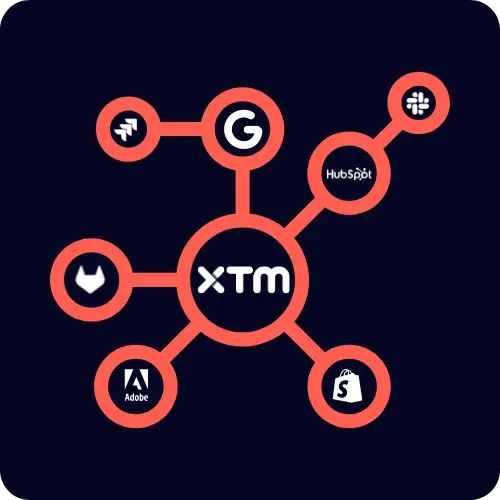
Workflow automation that adapts
Workflow automation determines how translation projects move through different stages from content creation to final publication.
memoQ provides workflow capabilities designed around traditional translation processes. These workflows require heavy configuration and scripting for complex business requirements. Limited flexibility for organisations with established approval chains or regulatory processes.
Teams often need technical expertise to modify workflows or adapt to changing business requirements. This creates dependencies on specialised knowledge and slows down process improvements.
How XTM workflows bend to your business
XTM's Workflow Editor allows organisations to create sophisticated automation matching their exact business processes. Teams can design custom approval chains, set up automatic task routing based on content type or language, and implement quality gates ensuring translations meet specific standards.
Intelligent workflow capabilities use AI to make routing decisions automatically. High-confidence translations bypass certain review stages while complex content gets additional scrutiny. This automation reduces manual project management while maintaining quality controls.
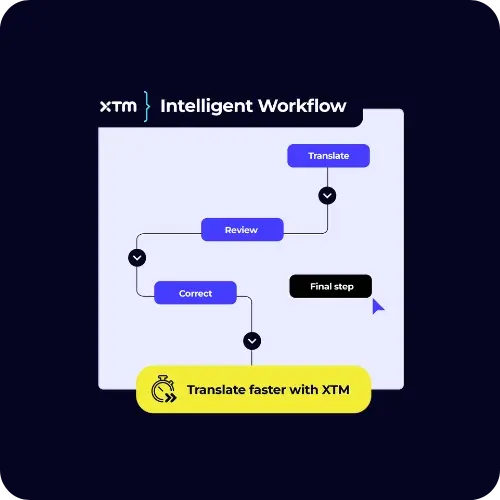



%20Request%20pricing%20v2.webp?width=1000&height=200&name=Book%20demo%20CTAs%20(1000%20x%20200%20px)%20Request%20pricing%20v2.webp)
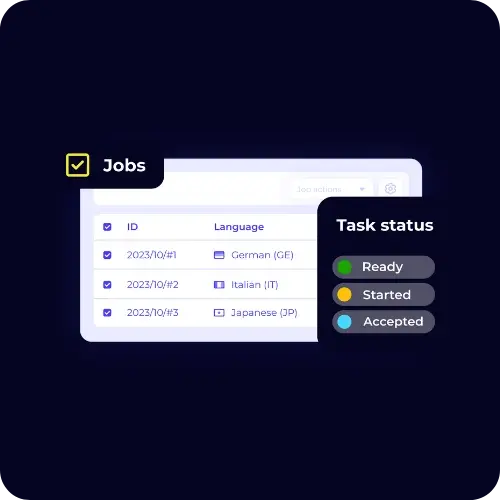
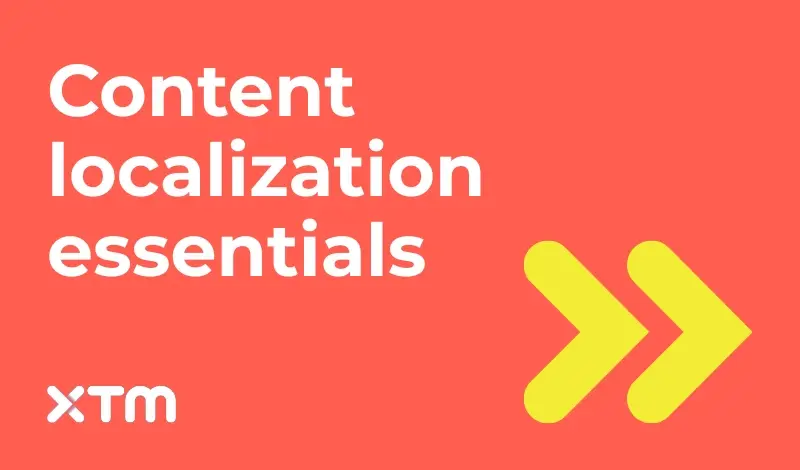
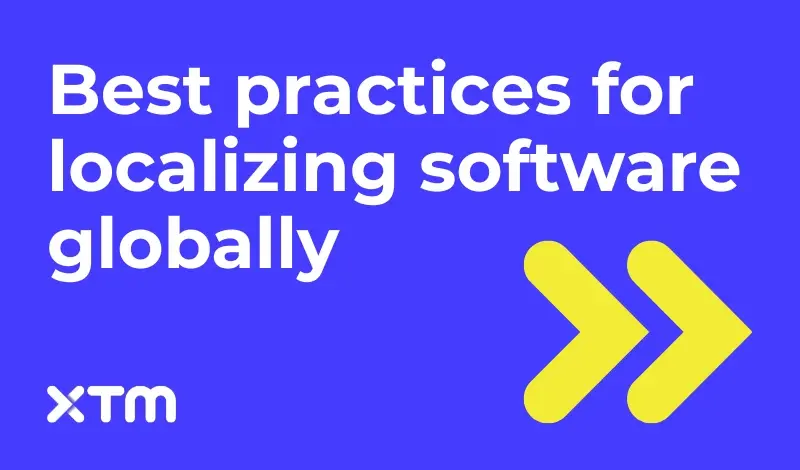
.webp)